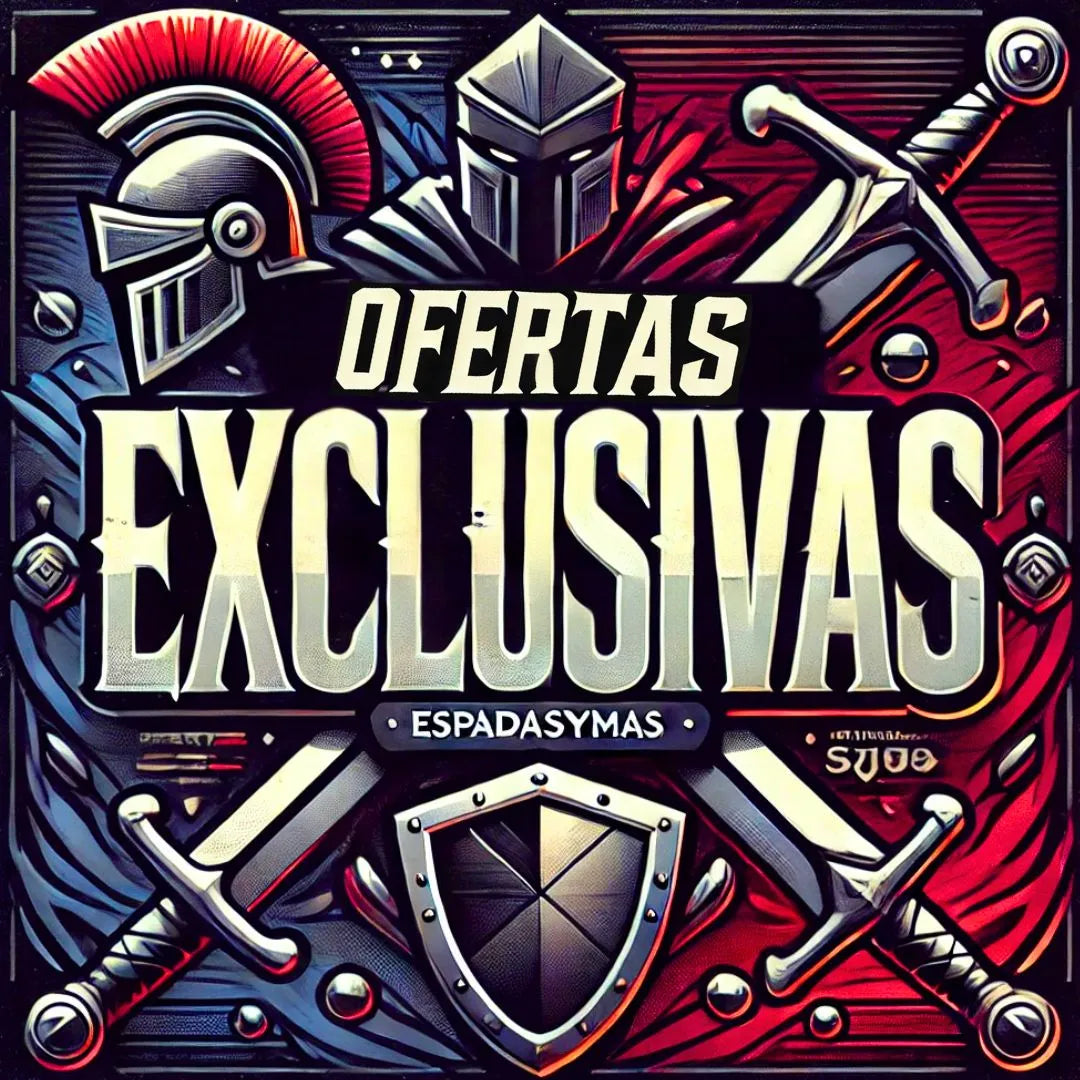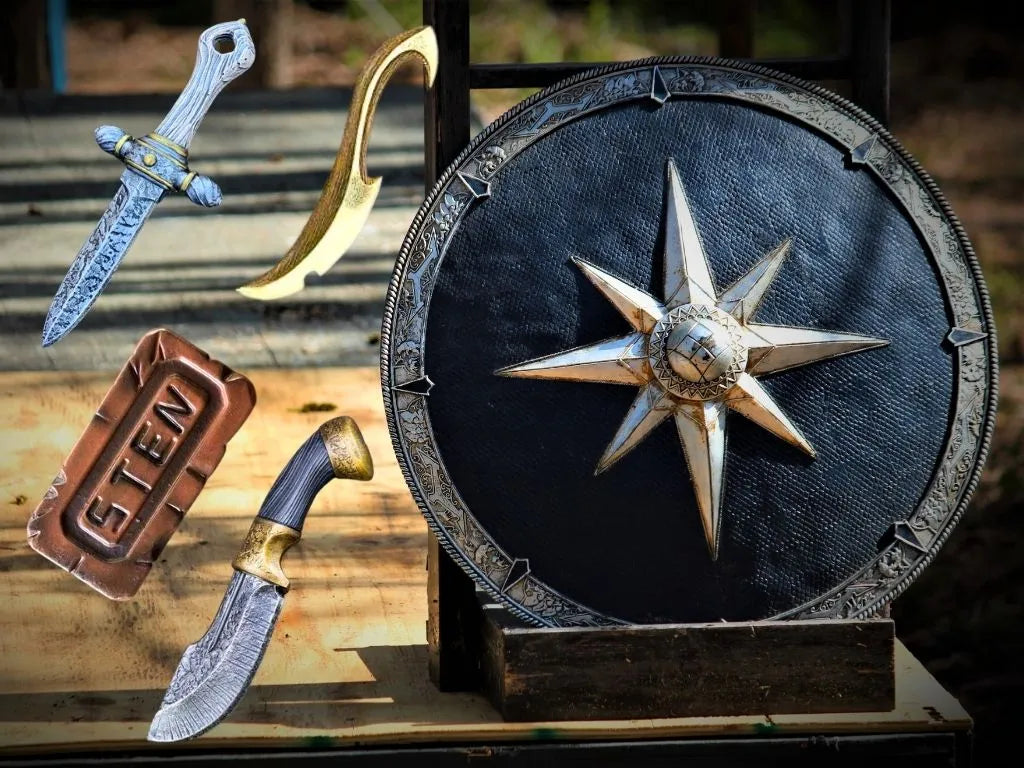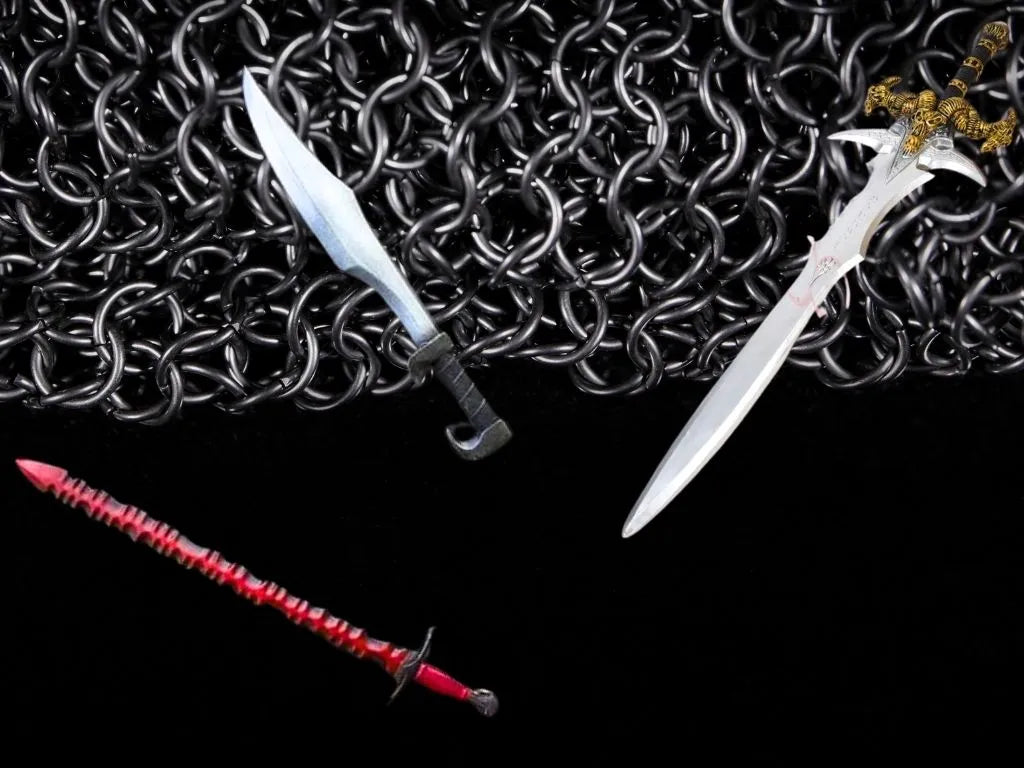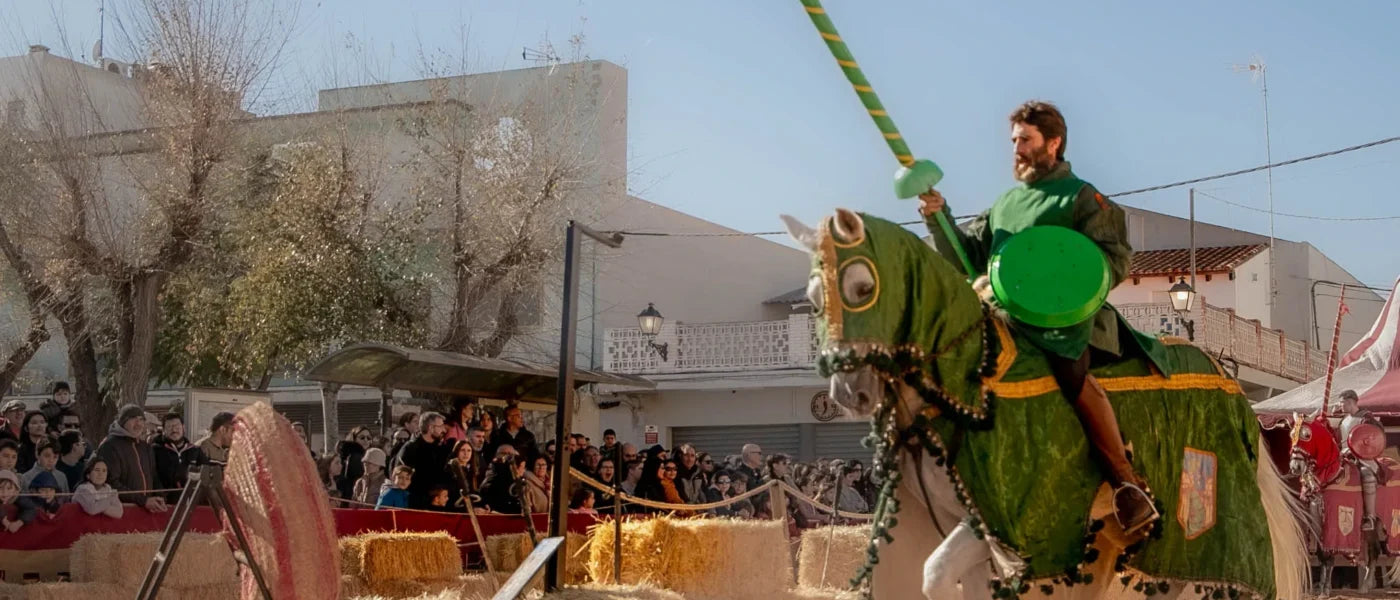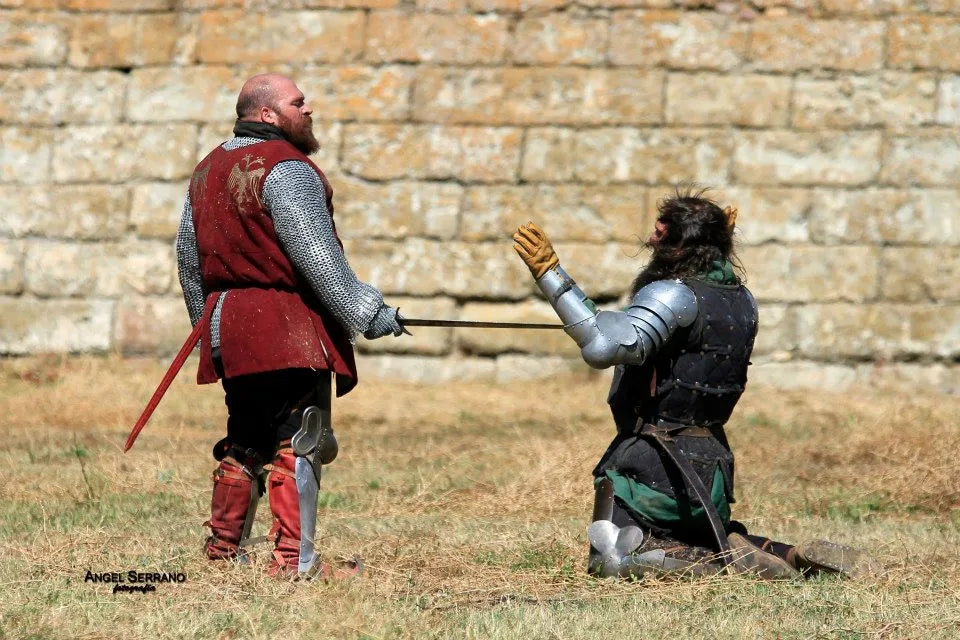How the Vikings Dressed:
A Look at the Fashion of the Warriors of the North
Vikings, those legendary warriors and explorers from Northern Europe, are not only known for their exploits in combat and extensive travel, but also for their distinctive style of dress. Far from the popular image of them with horned helmets and rough furs, historical Vikings dressed in a much more complex and functional manner. In this blog, we will explore what Viking clothing was really like and how it reflected their culture and environment.

Check out our Vikings collection!
Materials and Fabrics Used
The Vikings lived between the 8th and 11th centuries, and their clothing was mainly influenced by the climate and resources available in Scandinavia. Wool was the most common fabric, as it was abundant and had excellent insulating properties, essential for surviving the harsh Nordic winters. In addition to wool, they also used linen, which was grown to a lesser extent, but was lighter and used for undergarments and for the warmer months.
Skins and hides were also essential, although they were most commonly used for accessories such as shoes, belts and cloaks. The skins of animals such as sheep, goats and sometimes bears and wolves provided an extra layer of warmth and protection.
Our Viking swords are really cool!
Main Items of Viking Clothing
-
Tunics and Shirts: Tunics were a staple of Viking dress, worn by both men and women. For men, these tunics were usually knee-length and worn over a linen shirt. Men's tunics usually had long sleeves and were belted at the waist. Women, on the other hand, wore long dresses that reached down to the ankles, often overlaid with aprons fastened by brooches at the shoulders.
-
Trousers and Pantaloons: Men wore wool trousers, which could be tight or loose. Sometimes they were worn with pantaloons, a type of leggings that offered an extra layer of protection against the cold. Trousers were held up with straps or belts, and in some cases, leggings were worn to protect the legs.
-
Cloaks and Coats: In cold climates, cloaks were essential. These garments, often made of thick wool or fur, were large enough to wrap around the entire body. Cloaks were fastened with a brooch or fibula at the shoulder, allowing freedom of movement. Vikings also wore long coats, especially while traveling or in extremely cold climates.
-
Accessories: Belts were common and served not only to hold up clothing, but also to carry tools and weapons. Brooches and brooches were not only functional but also decorative, and were often made from metals such as bronze and silver. Jewelry, such as necklaces and bracelets, were also common and could be simple or ornate, depending on the social status of the wearer.

Functional Viking Swords! We Got Them!
Colors and Decorations
Contrary to the belief that Vikings dressed in dull colors, they had access to a variety of natural dyes that allowed them to wear brightly colored clothing such as red, yellow, blue, and green. The dyes were extracted from local plants, bark, and minerals. However, these colors were not uniform and bright like modern colors; rather, they had a slightly faded or earthy appearance.
In addition to colors, Vikings decorated their clothes with embroidery, piping and braiding, especially on the edges of tunics, cloaks and trousers. These decorations not only had aesthetic value, but could also show the skill of the craftsman and the social status of the wearer.
Viking Warriors Clothing
For warriors, clothing had to be both practical and protective. Although full armour was not common, Viking warriors wore chain mail, iron helmets (without horns) and sometimes metal-reinforced wooden shields. Chain mail, known as "brynja", was a status symbol due to its cost and the time it took to make.
Beneath the armor, warriors wore the typical wool tunic and sometimes additional padding to cushion shock. Warriors' footwear was also sturdy, made of tough leather and designed to withstand long walks and battle conditions.
Viking clothing was a reflection of their environment, resources, and culture. It was functional, designed to withstand the harsh climate, but also displayed a sense of style and social hierarchy. Understanding how Vikings dressed allows us to better appreciate their way of life and demystify some of the popular images that have been perpetuated over the centuries.
Interested in learning more about the Vikings and their fascinating culture? Keep exploring our blog at Swords and More, where we unravel the myths and realities of these legendary warriors from the north.


